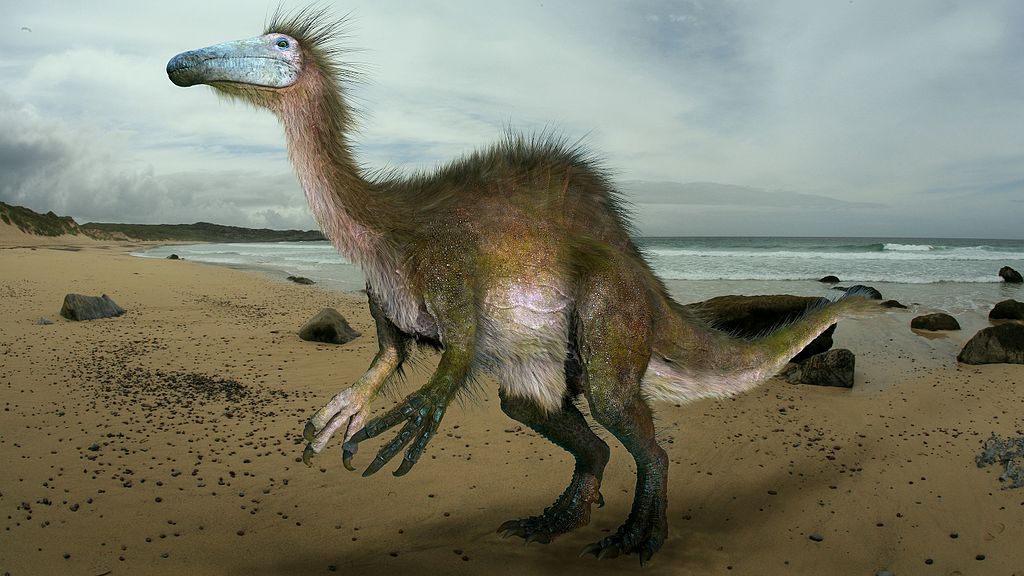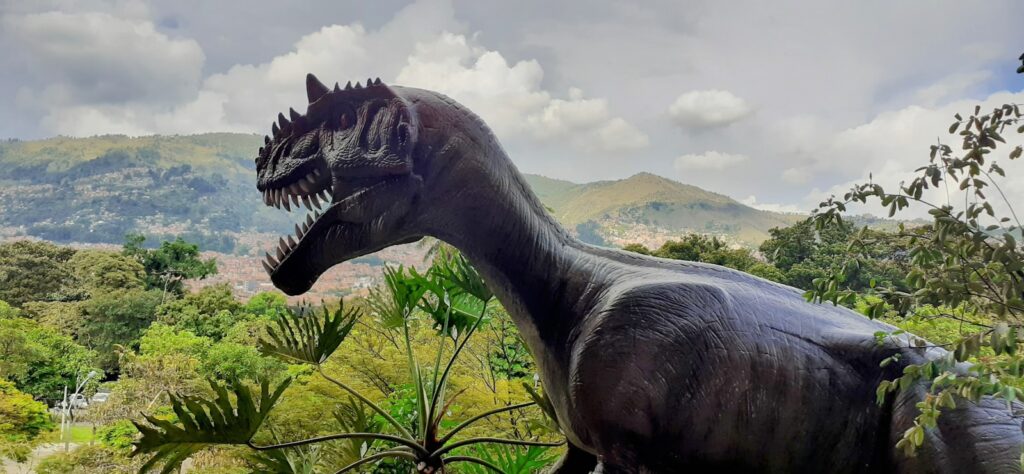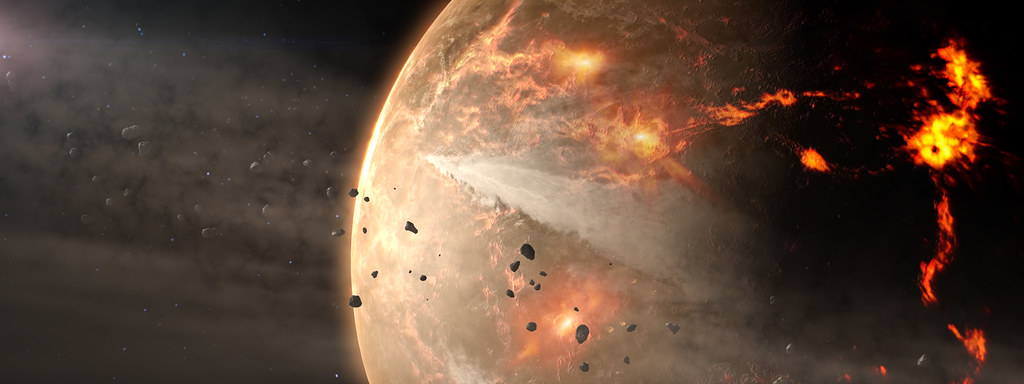Picture this: a single fossilized arm bone sitting in a museum drawer for decades, dismissed as just another dinosaur fragment. Yet this seemingly unremarkable specimen would eventually revolutionize our understanding of prehistoric life and challenge everything paleontologists thought they knew about dinosaur evolution. The story of Deinocheirus, the “terrible hand,” represents one of the most extraordinary detective stories in paleontology—a half-century mystery that transformed from scientific frustration into groundbreaking discovery.
The Discovery That Changed Everything
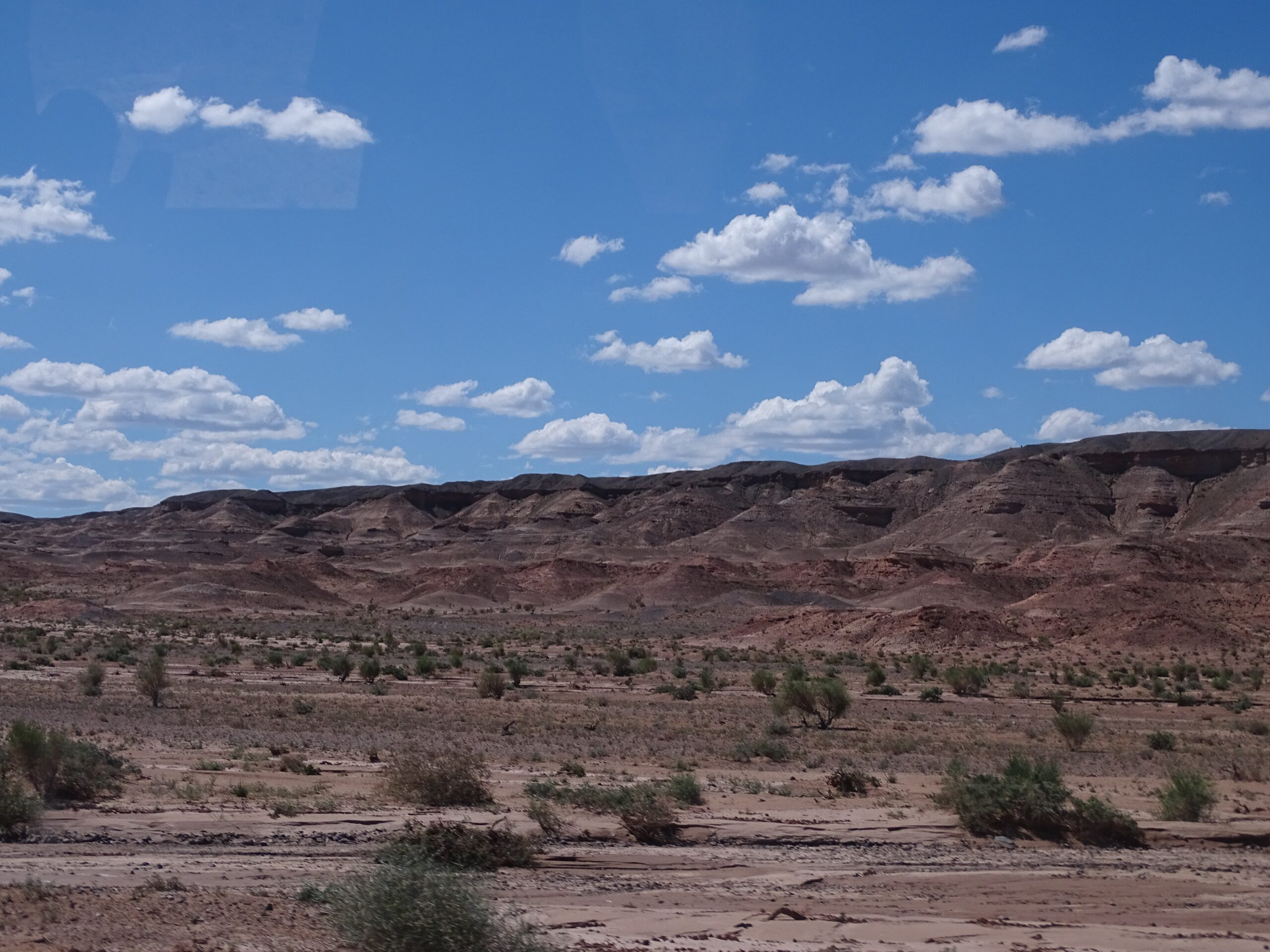
In 1965, a Polish-Mongolian expedition led by paleontologist Zofia Kielan-Jaworowska made a discovery that would baffle scientists for generations. Deep in the Gobi Desert’s Nemegt Formation, they unearthed a pair of massive arms, each measuring nearly eight feet long. The sheer size of these limbs was unprecedented—they belonged to something far larger than any known dinosaur at the time.
What made this discovery even more perplexing was the complete absence of any other skeletal remains. Just these two enormous arms, complete with wickedly curved claws that stretched over a foot in length, lay buried in the ancient sediment. The expedition team knew they had found something extraordinary, but they had no idea what kind of creature these arms belonged to.
The Monster That Wasn’t There

The initial interpretation of these massive arms painted a picture of a terrifying predator. Scientists imagined a gigantic carnivorous dinosaur, perhaps the largest predator that ever walked the Earth. The curved claws seemed perfectly designed for slashing and tearing, while the robust arm bones suggested incredible strength and power.
Popular culture quickly embraced this interpretation, with artists depicting a massive T. rex-like creature with disproportionately large arms. The name Deinocheirus mirificus, meaning “terrible hand,” seemed to capture the essence of this prehistoric monster perfectly. For decades, this creature lurked in the shadows of paleontology, more legend than science.
The Problem of Incomplete Evidence
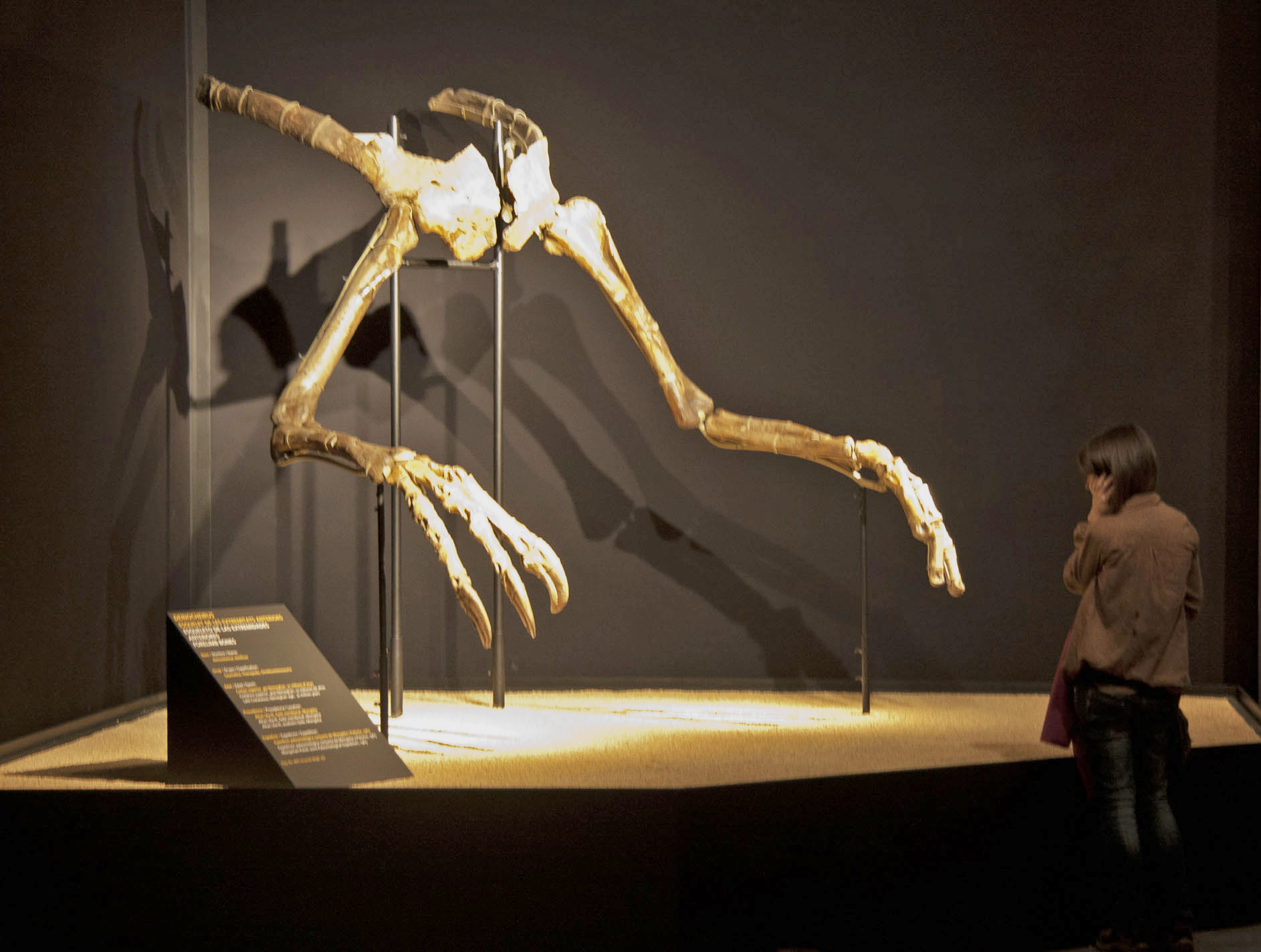
Uploaded by FunkMonk, CC BY-SA 2.0, https://commons.wikimedia.org/w/index.php?curid=13533888)
Working with just two arms presented an almost impossible challenge for paleontologists. It’s like trying to reconstruct an entire car from just the steering wheel and dashboard—the fundamental architecture remains a mystery. The arms provided clues about size and possible behavior, but crucial questions remained unanswered.
Scientists could estimate the creature’s overall size based on the proportions of the arms, but they couldn’t determine its diet, habitat, or even its basic body plan. Was it a carnivore, herbivore, or omnivore? Did it walk on two legs or four? These questions would remain tantalizingly out of reach for half a century.
Decades of Scientific Speculation
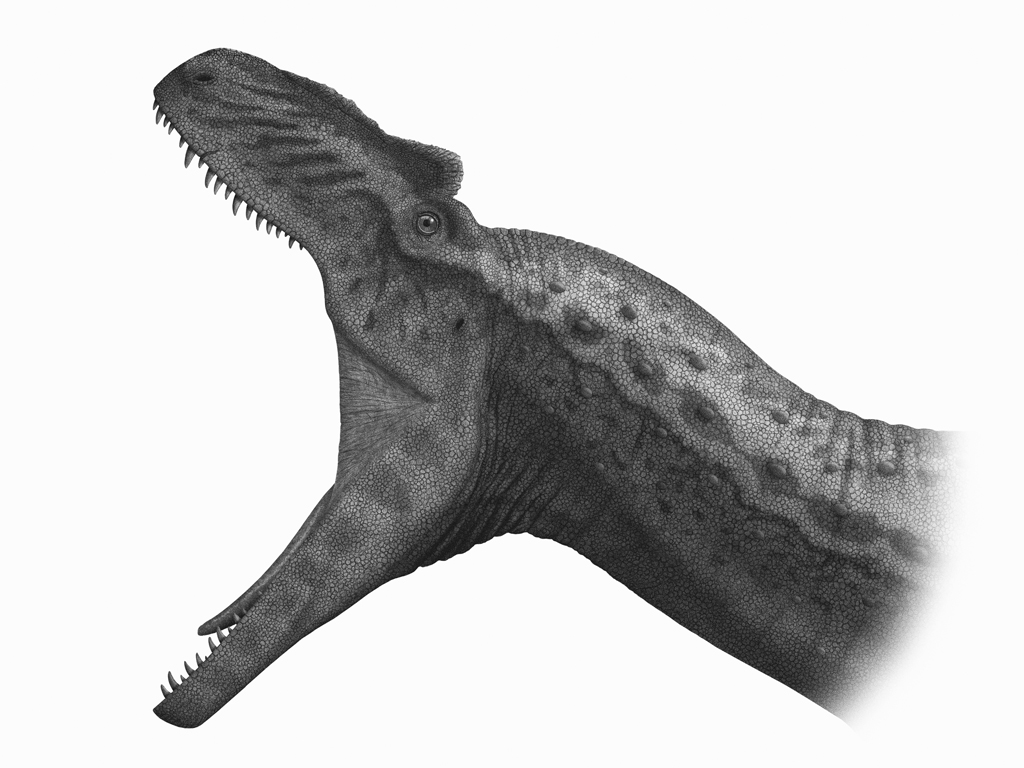
Throughout the 1970s and 1980s, various theories emerged about Deinocheirus. Some scientists suggested it was a massive ornithomimid, a member of the “ostrich dinosaur” family, but scaled up to enormous proportions. Others maintained it was a giant carnivorous theropod, possibly related to Allosaurus or other large predators.
The lack of additional fossil evidence meant that these theories remained largely speculative. Each new discovery of large theropod dinosaurs was scrutinized for potential connections to Deinocheirus, but nothing quite fit. The creature remained an enigma, a paleontological puzzle with too many missing pieces.
The Technology Revolution in Paleontology
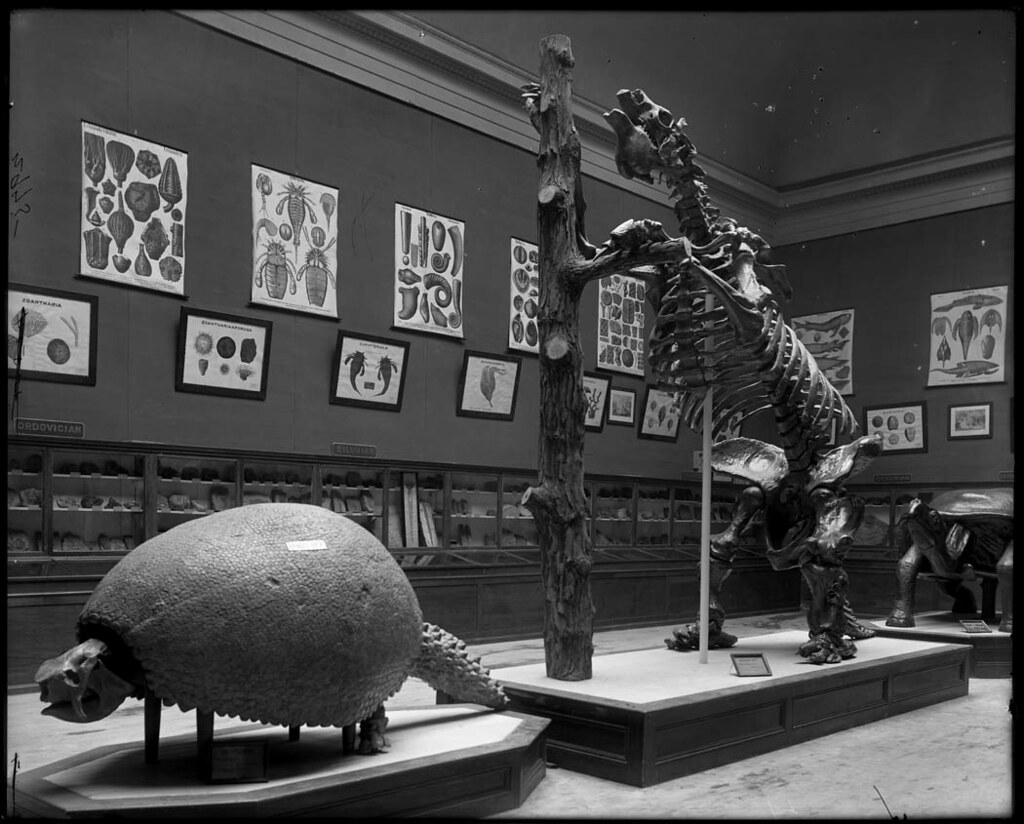
As technology advanced, new tools became available to study the original fossil remains. CT scanning and digital modeling allowed scientists to examine the internal structure of the bones in unprecedented detail. These techniques revealed information about the creature’s growth patterns, bone density, and muscle attachment points.
Advanced biomechanical analysis suggested that the arms were not primarily designed for predation despite their impressive claws. The muscle attachment points indicated more complex movements than simple slashing motions. This evidence began to challenge the long-held assumption that Deinocheirus was a fearsome predator.
The Poaching Crisis and Lost Opportunities
The remote fossil beds of Mongolia became increasingly targeted by commercial fossil hunters and poachers throughout the 1990s and 2000s. Valuable specimens were illegally excavated and sold on the black market, often ending up in private collections or museums without proper scientific documentation. This illicit trade threatened to destroy crucial evidence before scientists could study it.
Several partial skeletons that might have belonged to Deinocheirus were rumored to exist in private collections, but accessing them for scientific study proved nearly impossible. The paleontological community watched in frustration as potential answers to the Deinocheirus mystery slipped away into the shadows of the fossil trade.
A New Generation of Paleontologists
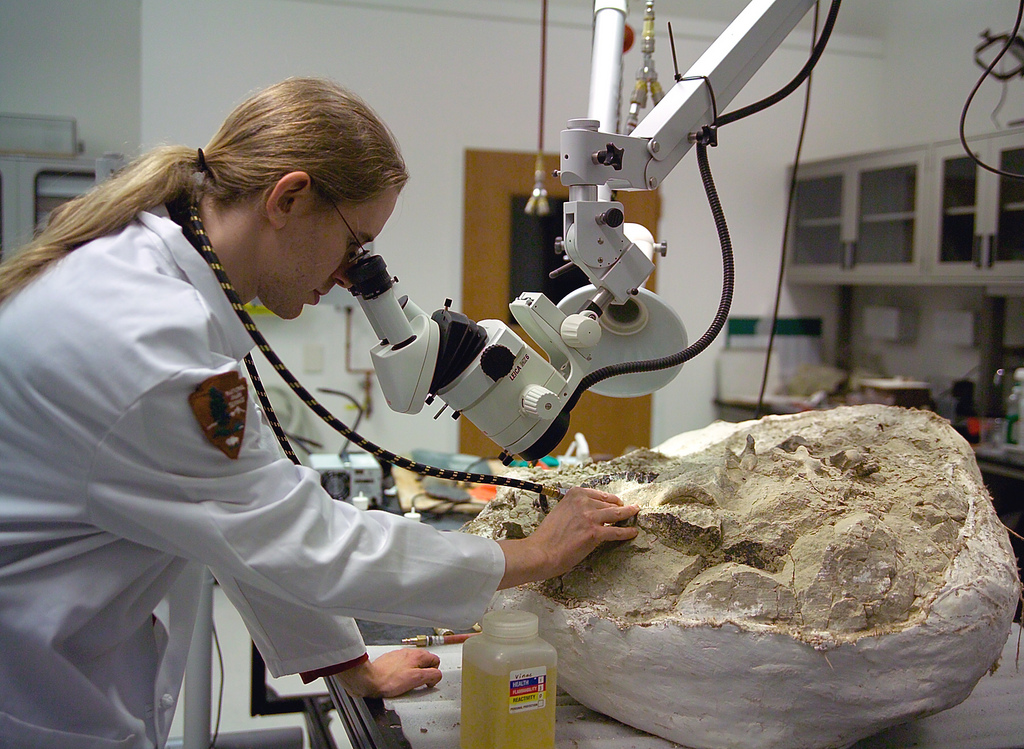
By the early 2000s, a new generation of paleontologists had taken up the challenge of solving the Deinocheirus puzzle. Armed with better technology and more sophisticated analytical techniques, they began re-examining the original fossil remains with fresh eyes. International collaborations between Mongolian, Korean, and American scientists brought new perspectives to the decades-old mystery.
These researchers understood that finding additional Deinocheirus remains would require a systematic approach. They focused on the specific geological formations and time periods that had yielded the original arms, hoping to narrow down the search area in the vast Gobi Desert.
The Breakthrough Discovery of 2006
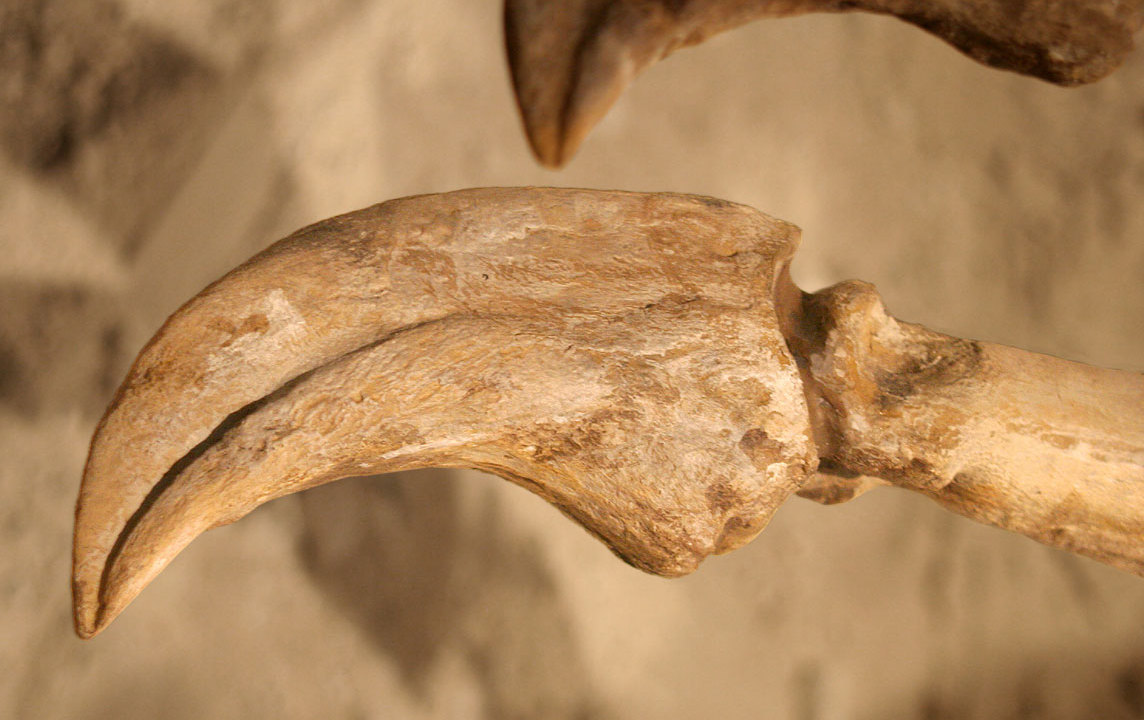
In 2006, a joint Korean-Mongolian expedition made a discovery that would crack the Deinocheirus case wide open. They found partial remains of what appeared to be a juvenile Deinocheirus, including vertebrae, ribs, and partial limb bones. While still incomplete, these fossils provided the first new pieces of the puzzle in over 40 years.
The juvenile remains suggested that Deinocheirus had a much more complex body plan than previously imagined. The spine showed adaptations that were inconsistent with a purely predatory lifestyle, and the proportions suggested a creature that might have been more herbivorous than carnivorous in its habits.
The Game-Changing 2014 Revelations
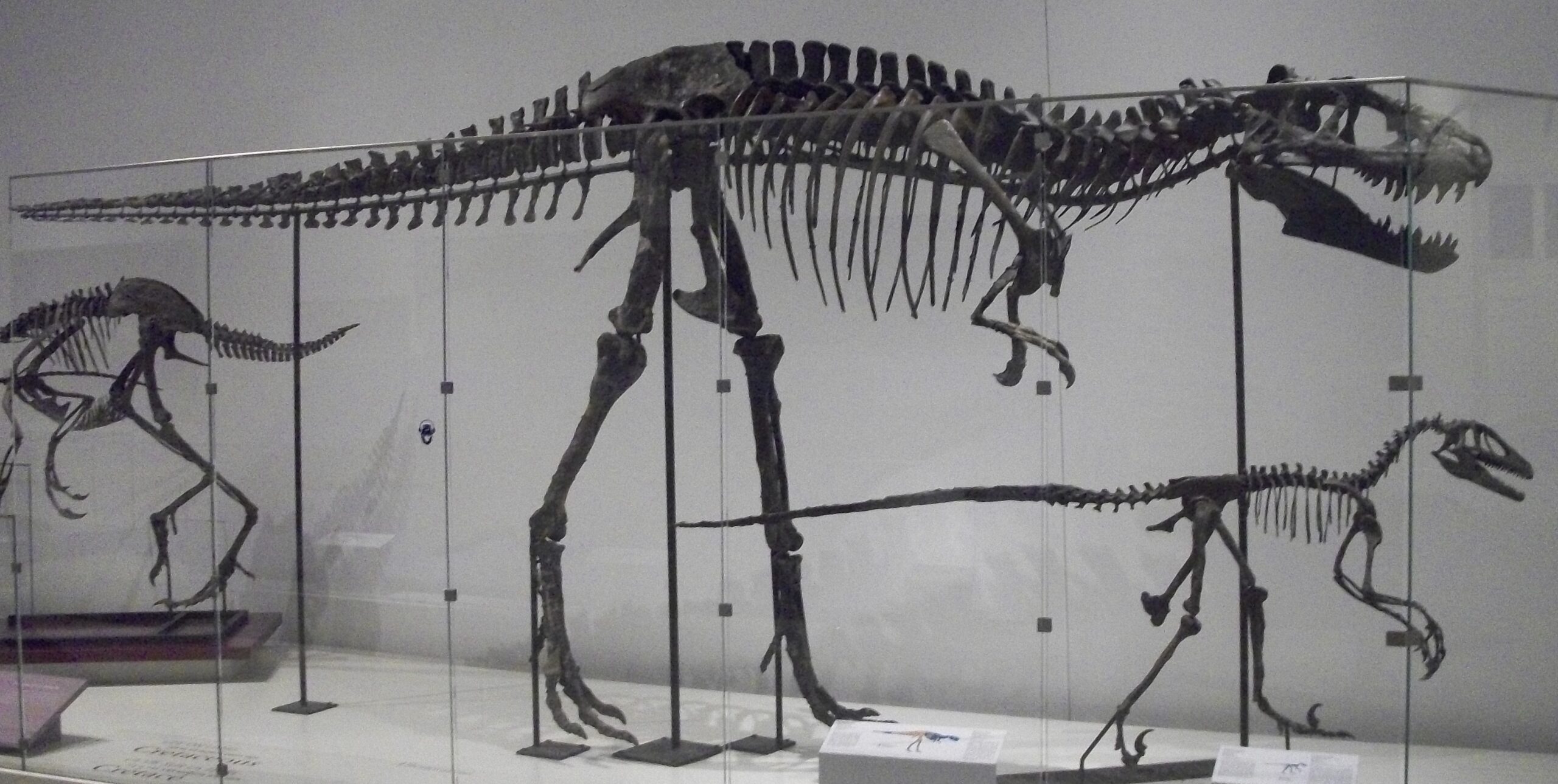
The real breakthrough came in 2014 when two separate teams announced the discovery of nearly complete Deinocheirus skeletons. These fossils, recovered from illegal poachers and repatriated to Mongolia, finally revealed the true nature of this mysterious creature. The reality was far stranger than anyone had imagined.
Deinocheirus was indeed massive, measuring up to 36 feet in length and weighing approximately 6 tons. However, instead of being a fearsome predator, it was a giant ornithomimid—essentially a massive, plant-eating “ostrich dinosaur” with a pronounced hump on its back and a duck-like bill. The creature’s lifestyle was more akin to a giant ground sloth than a tyrannical predator.
Rewriting the Textbooks
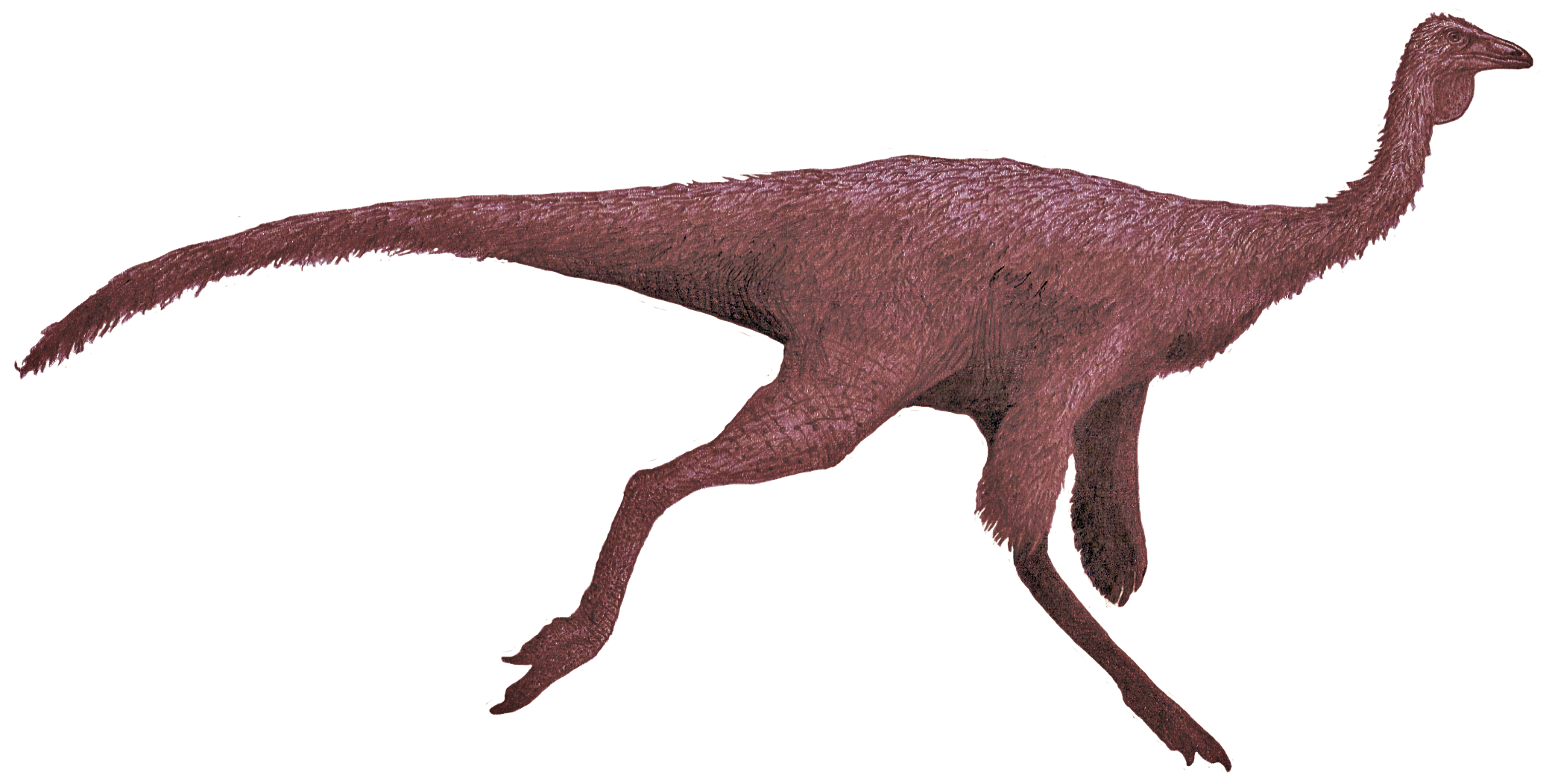
The complete Deinocheirus skeleton forced paleontologists to completely revise their understanding of ornithomimid dinosaurs. These creatures had been thought to be relatively small, fleet-footed animals that fed on small prey and vegetation. The discovery of a giant member of this family suggested that evolutionary pressures in the Late Cretaceous had pushed some lineages toward gigantism.
The revelation also highlighted the dangers of making assumptions based on incomplete fossil evidence. The fearsome claws that had suggested a predatory lifestyle were actually adaptations for stripping vegetation and possibly digging for roots and tubers. The massive arms were tools for gathering food, not weapons of destruction.
The Ecological Implications
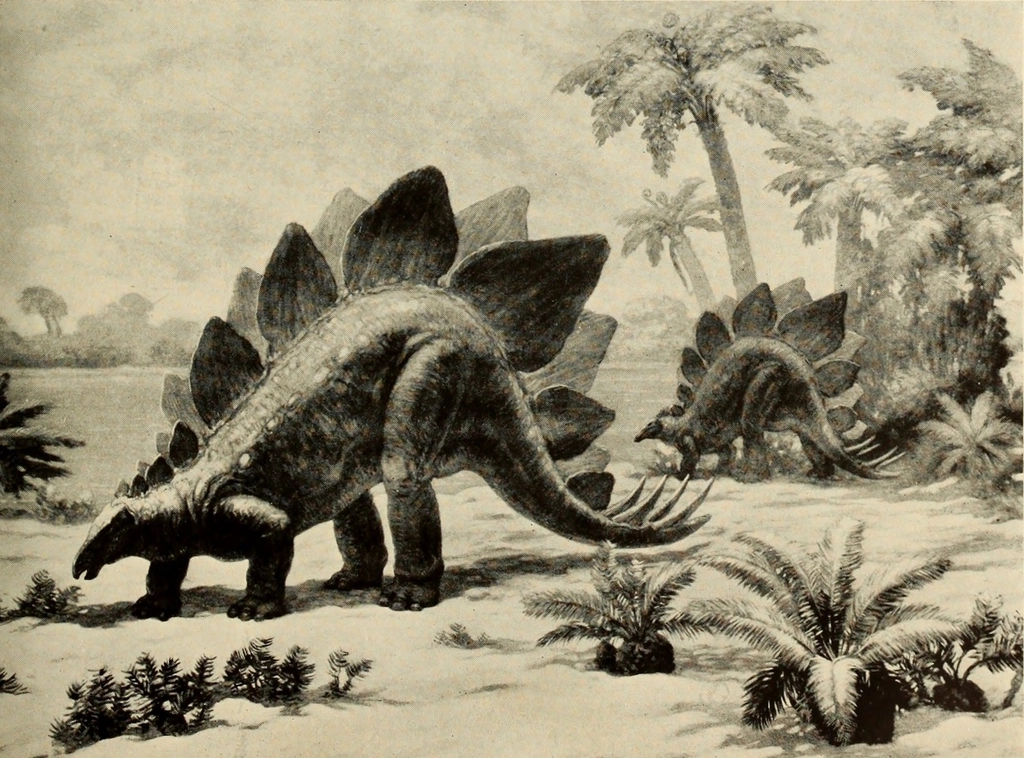
Understanding Deinocheirus as a massive herbivore rather than a predator completely changed our picture of Late Cretaceous ecosystems. This creature would have been one of the largest plant-eaters in its environment, competing with massive sauropods and other herbivorous dinosaurs for resources. Its unique feeding adaptations suggest it occupied a specialized ecological niche.
The discovery also raised questions about predator-prey relationships in these ancient ecosystems. If Deinocheirus was a herbivore, what predators were large enough to threaten it? The answer points to the massive tyrannosaurs like Tarbosaurus, which shared the same time and place as Deinocheirus.
Lessons from the Deinocheirus Mystery
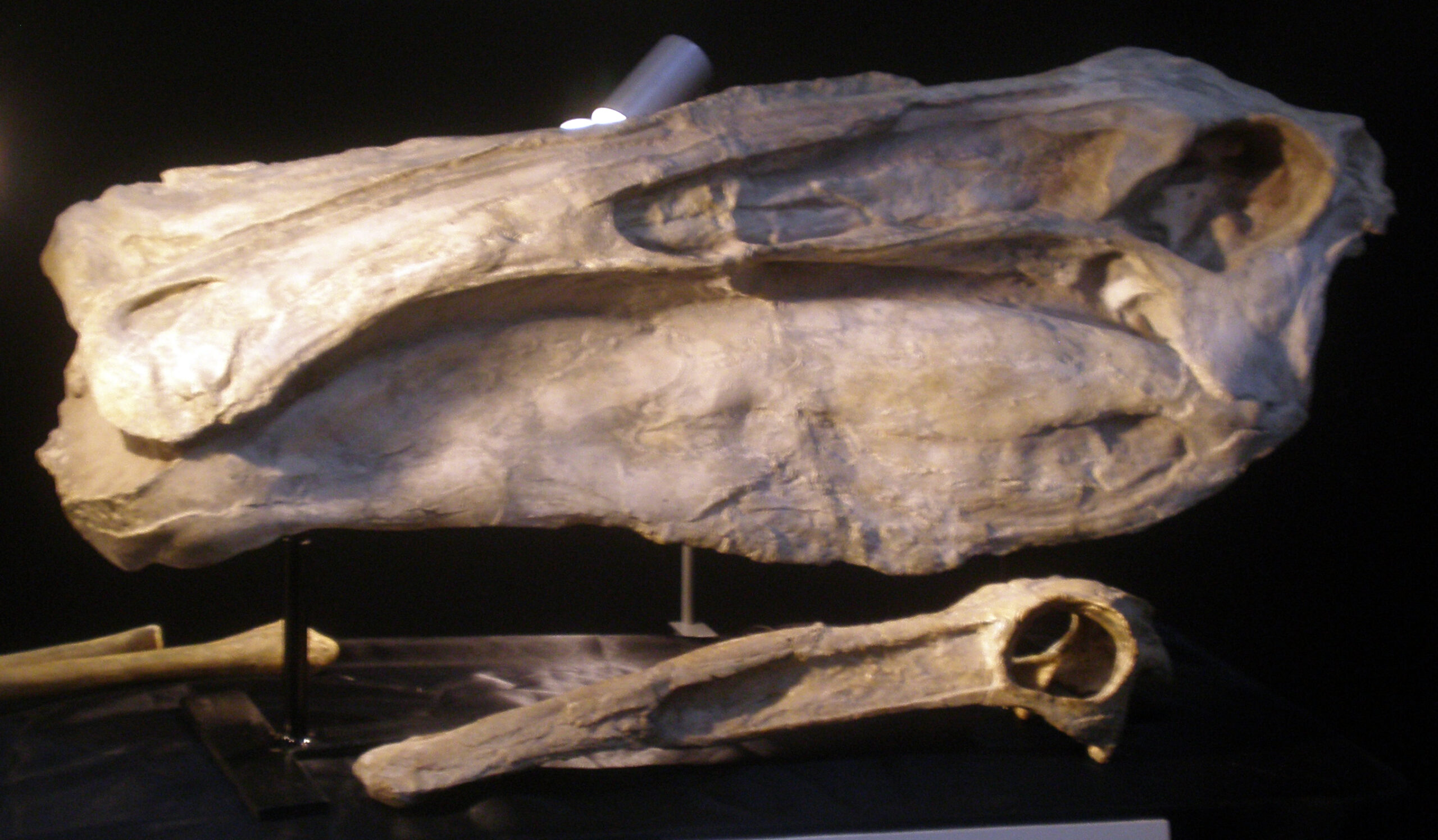
The 50-year journey to understand Deinocheirus offers valuable lessons about the nature of scientific discovery. It demonstrates how incomplete evidence can lead to incorrect conclusions and how new discoveries can completely overturn established theories. The story also highlights the importance of international cooperation in paleontology and the dangers posed by illegal fossil collecting.
Perhaps most importantly, the Deinocheirus saga reminds us that science is an ongoing process of discovery and revision. What seems certain today may be completely overturned by tomorrow’s fossil find. This uncertainty isn’t a weakness of science—it’s one of its greatest strengths.
The Future of Paleontological Detective Work
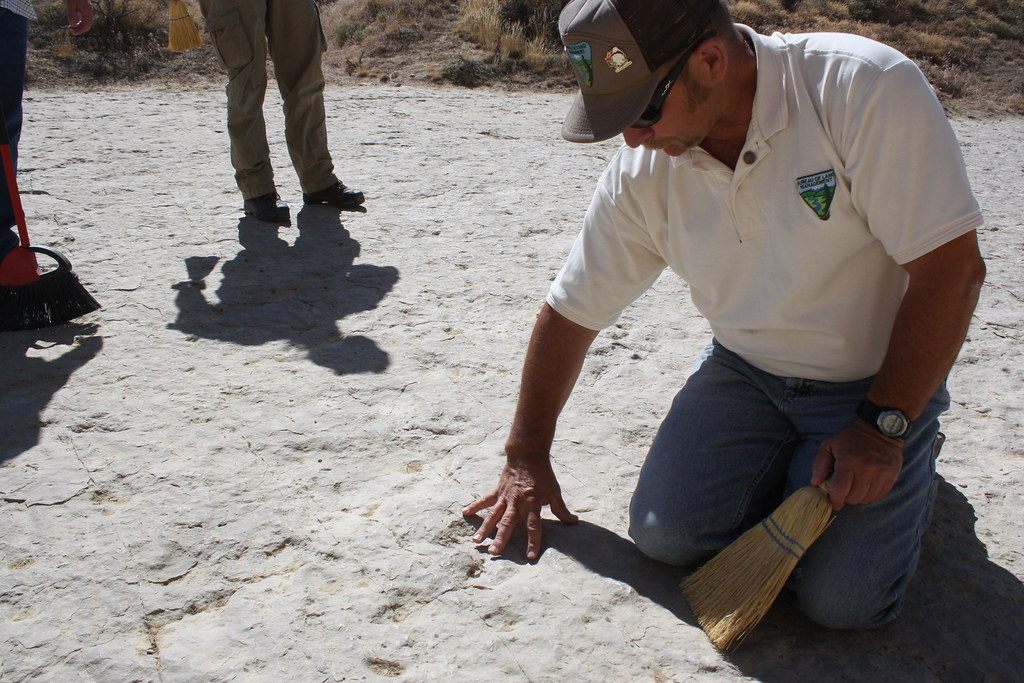
The Deinocheirus story is far from over. Scientists continue to study the complete skeletons, using advanced imaging techniques and biomechanical modeling to understand how this massive creature lived and moved. Each new analysis reveals additional details about its behavior, diet, and evolutionary relationships.
Future discoveries may reveal even more about Deinocheirus and its relatives, potentially uncovering new species or providing insights into the evolution of gigantism in dinosaurs. The Gobi Desert continues to yield remarkable fossils, and who knows what other mysteries lie buried in its ancient sediments.
The Legacy of Patience in Science
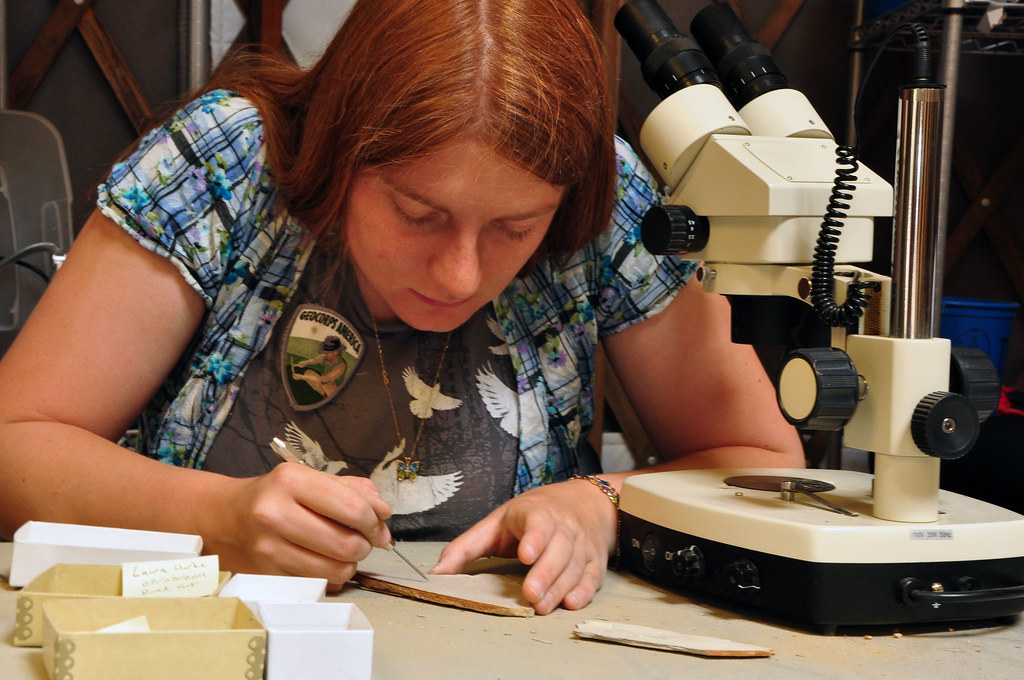
The Deinocheirus mystery ultimately teaches us about the virtue of patience in scientific investigation. For 50 years, those two mysterious arms sat in collections, waiting for the right moment and the right discoveries to reveal their secrets. The paleontologists who studied them never gave up hope that someday the puzzle would be solved.
This patient approach to scientific mystery-solving stands in stark contrast to our modern desire for instant answers and immediate gratification. The Deinocheirus story reminds us that some questions take decades to answer, and that the wait often makes the revelation even more spectacular. Sometimes the most profound discoveries come to those who are willing to wait for the evidence to emerge naturally rather than rushing to premature conclusions.
What other mysterious fossils are sitting in museum drawers right now, waiting for their moment of revelation?

